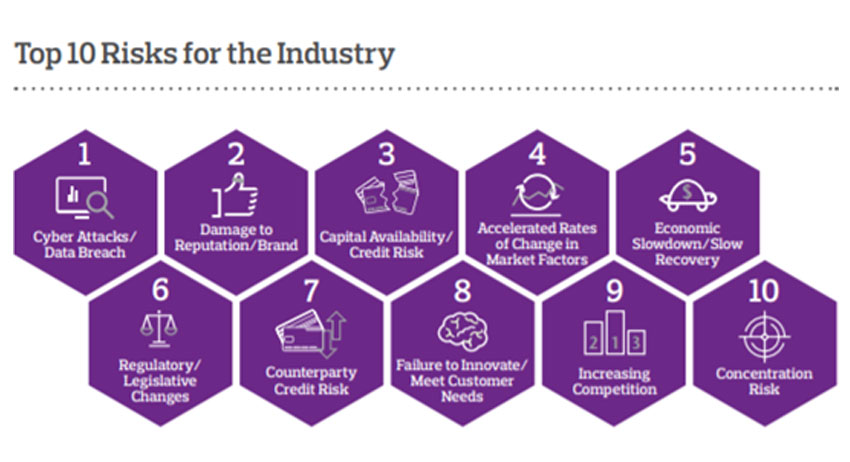Business strategies will need to evolve in response, creating new opportunities for banks to strengthen relationships with clients and stakeholders, transmit government stimulus and support economic growth.
Managing capital and liquidity ratios while supporting clients’ needs will be increasingly challenging, and financial institutions will need to broaden their approach to managing counterparty and credit risk due to several factors:
- Heightened credit risk exposure: alongside managing operational resiliency, preparing for heightened credit risk exposure will be a priority for banks and other financial institutions in response to pressure to expand their balance sheets
- Regulatory focus: financial institutions need to prepare for increasing regulatory scrutiny on tail risks and severely stressed credit risk scenarios
- Limited legacy data: with no historical precedent to the pandemic and resulting economic dislocation and little legacy data, accurately modeling prospective credit losses resulting from the pandemic will be challenging
- Varying exposure: volatility and varied exposures across products, client sectors and geographies will rapidly change the demands on firms’ risk management strategies
- Prudential risk management: contemplating the currently stressed risk environment and as forecasted in Aon’s Global Risk Management Survey (2019), credit risk and capital management will remain a key focus. First- and second-line risk practitioners will therefore need to understand the full suite of risk and capital mitigants available to their institutions.

Credit risk solutions
Credit risk insurance
Credit insurance markets can act as a valuable risk mitigant in the banking sector.
An unfunded/complementary alternative to other derivative and capital market instruments.
Credit risk insurance can strengthen client relationships by reinforcing the credit position across supply chains and enhancing internally imposed counterparty risk limits.
Reduction of credit risk weighted assets in certain jurisdictions.
Portfolio de-risking and regulatory capital optimization
Unfunded risk protection can be an important complement to capital markets executions.
Credit risk transfer transactions reduce risk weighted assets and optimize bank regulatory capital.
Securitization structures transfer credit risk to reinsurance markets on select reference loan portfolios.
Intellectual property collateral protection insurance
Tools value intangible assets on borrower balance sheets.
Insurance solution pays lenders if the proceeds after loan default and collateral liquidation are less than insured limits.
Facilitates lending to new- economy small and medium-sized enterprise clients by managing default risk.